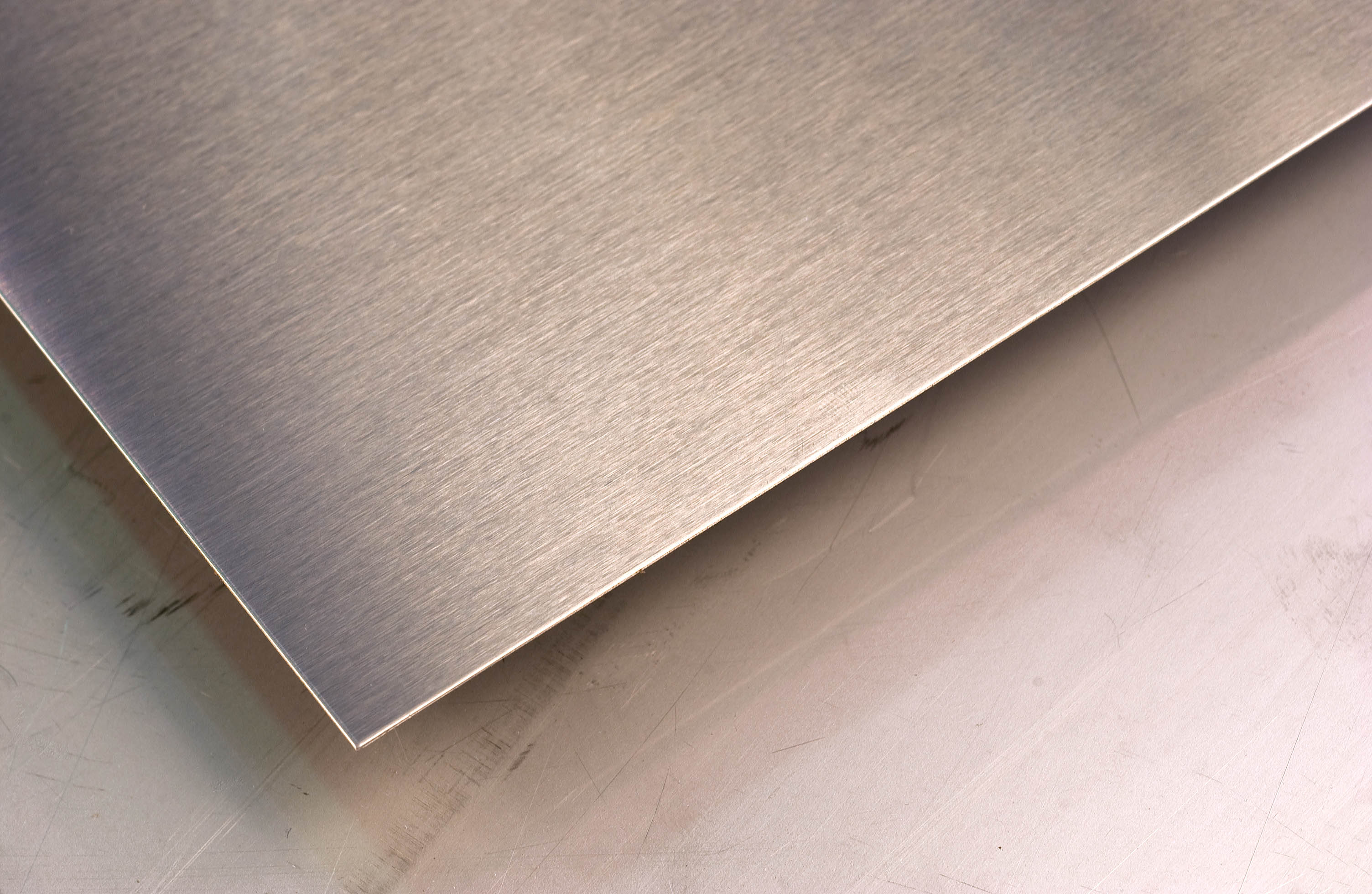
Automatic hardness testers are often used for this type of test, which use programmable sequences to automatically place indentations at predetermined positions and then also measure them automatically.Metal sheets are thin, flat pieces of material in a range of materials and forms suitable for use in a wide range of applications. Since during weld seam testing, hardness must be tested and monitored in the base material, in the heat-affected zone and in the weld metal itself, a large number of indentations must be made on the cross-sections and transverse sections of a weld seam. Typically, hardness tests are performed according to Vickers HV5 or HV10 (with test loads of 49 N or 98 N).
#Metal sheets iso
The DIN EN ISO 9015 series of standards defines the test types. Striking examples of this is ship construction, offshore facilities, and pipeline construction for oil and gas transport. Hardness testing is also used for weld seam tests on sheet metal and strips if larger constructions are welded together from these. In addition, other methods or specifications are used for certain application areas (for example, the European standard EN 2002-7 is used in the aerospace industry). Depending on the application, hardness tests are performed to ISO 6506-1 (Brinell), ISO 6507-1 (Vickers), ISO 6508-1 (Rockwell) as well as ASTM E10 (Brinell), ASTM E384 (Vickers and Knoop) and ASTM E18 (Rockwell). Hardness testing on sheet metal and strips is mainly performed to characterize the overall surface hardness of a specimen and for metallographic investigations. For this, ZwickRoell offers various optical/non-contact extensometers. In most cases, strain is measured optically and without contact. ZwickRoell offers three different models of cruciform testing machines. It is primarily employed in research and development, as it allows defined stress values to be set and investigated at the intersection point of the specimen. The parallel length is produced by milling or punching together with finishing so that the material does not undergo any changes during this machining process.Ī distinctive feature is the ability to perform a two-axis tensile test, or cruciform biaxial tensile test, which is used to determine additional deformation properties of the material. The sheet thickness is retained as specimen thickness in a tensile test so that the material does not undergo any changes during surface processing. This can be particularly important when using the sheet to manufacture components through bulk metal forming. One factor affecting the r-value is the rolling direction. Tensile specimens are taken from the strip or sheet at set angles to the rolling direction. The n-value is determined from the tensile stress data and strain values for the r-value, the transverse strain on the tensile specimen is additionally measured. R- and n-values are often also determined in tensile tests in order to characterize forming properties the n-value describes the work hardening-increase in stress-during plastic deformation up to uniform elongation, while the r-value describes the vertical anisotropy. With the optional break location identification feature, the optical transverse strain extensometer measures the transverse strain up to break along the specimen, thus making classification of the break location as accurate as possible. The mechanical version of the knife edge holders prevents the measuring system from being negatively influenced by a sudden tension release of the specimen at break. The makroXtens measures extension up to the point of break. This combination offers robustness and a high level of automation, as well as easy specimen handling. ZwickRoell has a comprehensive range of axial and transverse strain extensometers, which allow you to select the optimum combination in line with your requirements and testing conditions, for example, a makroXtens digital extensometer combined with an optical transverse strain extensometer.

ZwickRoell supplies a wide range of static materials testing machines for determining material properties through tensile tests these systems provide high-precision testing under high loads. Consultation and Application Technology.Specimen preparation and dimensional measurement.Extensometers for Compression, Flexure and Components Testing.Electromechanical static testing machines.Analog and Digital Hardness Testers to Shore.DuraScan micro and low-load hardness tester.Extrusion Plastometers / Melt Flow Index Testers.Testing Machine for Tubular Biomaterials.Biaxial Testing Machine for Biomaterials.


Electromechanical Servo Testing Actuators.Testing machine for high test loads (E-series).Intermediate products and finished parts.Thermoplastics and thermosetting molding materials.


 0 kommentar(er)
0 kommentar(er)
